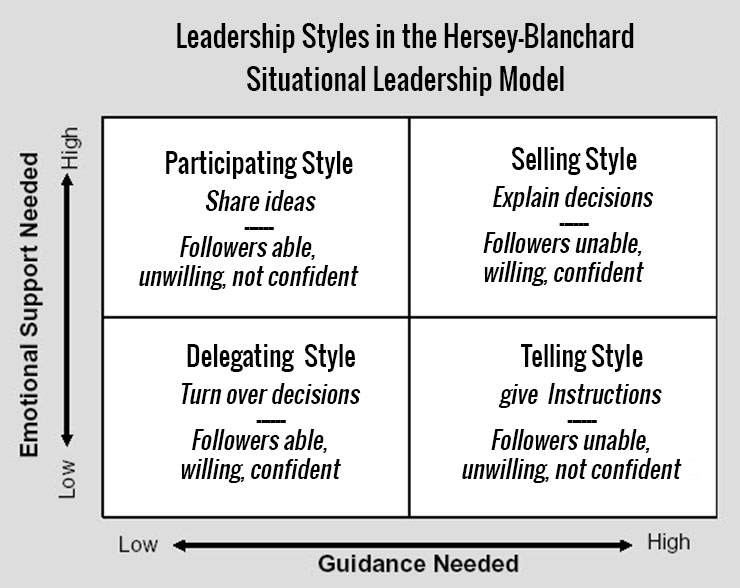Leading Through Change
At Strategic Catalyst, we do believe great leaders can be made because we’ve seen it happen with hundreds of our clients. The Leadership in the Workplace series we just wrapped up focused on traits of leaders and strategies to sharpen leadership skills. These strategies are intended to build the person in the leadership role. With a strong leader in place, it’s time to assess the current business landscape and identify what is needed to propel the business to the next level.
“The next level” will vary by business – it may be penetrating a new market, increased net revenue, adding key staff, or redefining the corporate culture. Such changes can stir a range of emotions in employees; fear, anger, anxiety, and tension are common and can stop progress dead in its tracks if left unchecked. Leadership can be a lonely road when charting through such changes. Strategic Catalyst can be the objective coach and mentor to navigate leaders along the emotional path to the next level.
Create a leadership action plan
Working together, our first step is to define the action plan needed to ensure a leader is equipped to address the challenges ahead:
- Set Leadership Goals
In leadership, as in life, you will never come to the end of your learning, but you want to rank in priority order those qualities you want to develop. - Address the Goals
Determine how you will accomplish your goals. Do you feel you need to learn more about teamwork so you can better lead a team? Join a team sport. Do you want to communicate better? Take a creative writing class or join Toastmasters and get some public speaking experience. - Seek Inspiration
Learn about a variety of leaders, their styles and how they dealt with challenges. Read books and conduct research on the internet or at libraries. - Choose a Role Model
Based on your research; choose a role model that fits your personality. Read several biographies and find videos on his or her life. - Seek Experience
Take a leadership role in a social group or club. Gain experience working with people on many levels. - Create a Personal Mission Statement
Imagine your legacy. What do you want to be remembered for? What do you want people to think of you? What kind of leader are you determined to be? Write a statement that defines who you will become.
Be the change
In their book, The Leadership Challenge, authors Jim Kouzes and Barry Posner identified five abilities that were crucial to successful leadership:
- Model the Way
You must lead by example. You can’t come into work 10 minutes late every day if you want your employees to arrive on time. - Inspire a Shared Vision
If you capture the imagination, you will inspire creative thought and increase loyalty. - Challenge the Process
Don’t continue doing something just because “We’ve always done it that way.” Situations change, and sometimes a policy or procedure never worked well in the first place. Think outside the box. - Enable Others to Act
Truly empower people to act on their own within their level of authority. - Encourage the Heart
A positive attitude is infectious.
Understand your leadership style
Christine works with leaders to identify their leadership style, and how to leverage it. The Hersey-Blanchard Situational Leadership model addresses four types of leadership styles:
- Telling
- Selling
- Participating
- Delegating

Identify SMART goals
You are prepared as a leader to be the champion everyone in the business needs to follow in order to reach the next level. Now is the time to identify what that next level is and define the parameters of success around it. List the SMART goals and be sure to share them with everyone in the business. Remember the emotions employees may be feeling and help them understand what’s in it for them as the changes are being implemented.
- Specific: The vision itself is general while the goals are specific targets to be met.
- Measurable: Goals must be measurable in terms of progress and attainment.
- Attainable: Clearly, a goal which cannot be met is not a goal, it is an idea.
- Realistic: A goal may be attainable, but not with the resources at hand.
- Timely: All goals need to be accomplished within an established time frame.
Change is not easy. People don’t like it. Leaders must be willing to walk alone because some of the team who started the journey with you will not finish with you. And that’s OK. Strategic Catalyst is here to help.
By Christine R. Spray
Photo: ID 128940008 © Daniil Peshkov | Dreamstime.com


